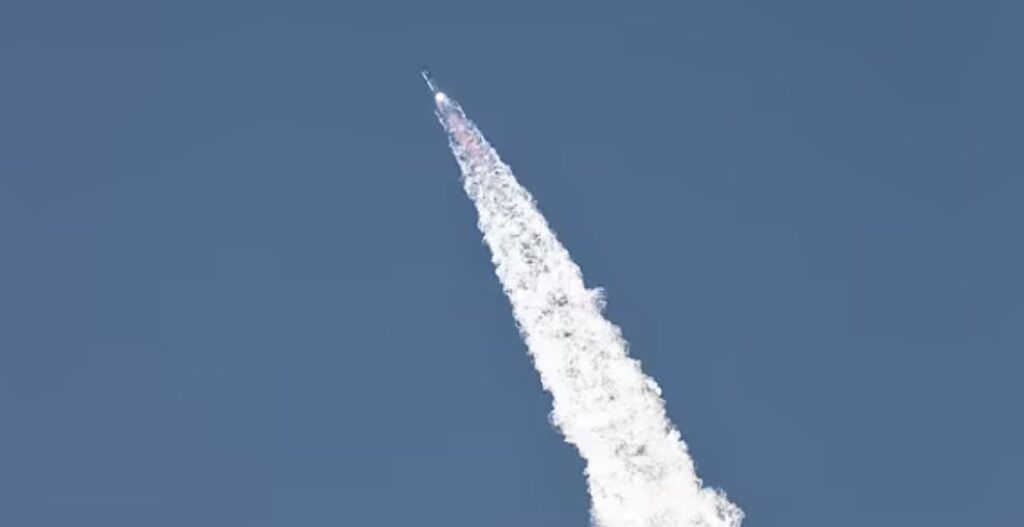19/11/2023
19/11/2023

Texas, Nov 19: Elon Musk's advanced Starship encountered a setback during its second test flight, exploding less than ten minutes after detaching from its primary booster rocket. This incident occurred seven months after the spacecraft's initial flight concluded in a dramatic explosion.
The unmanned test flight of SpaceX's Starship, linked to a Super Heavy booster with twice the power of the rocket that transported astronauts to the moon, aimed at conducting lunar missions. The launch occurred shortly after 1 pm UK time on a Saturday. Approximately eight minutes into the 90-minute trial, mission control lost contact with the spacecraft as it approached the Earth's atmosphere's edge. Live footage on X, previously Twitter, suggested an explosion around 148 km (91 miles) above Earth.
Elon Musk, serving as CEO, chief technical officer, and chairman at SpaceX, congratulated the team an hour after the rocket's explosion, expressing his support on X. Despite the setback, SpaceX labeled the test flight as "incredibly successful" for achieving the crucial 'hot staging' separation, a milestone missed in the April test. SpaceX's Kate Tice highlighted the day's success despite the unexpected disassembly of both the Super Heavy booster and the ship, emphasizing the valuable data collected for future improvements.
Nasa administrator Bill Nelson acknowledged the progress made in the flight test on X, emphasizing the adventurous spirit and daring innovation required in spaceflight. SpaceX aims to learn from this experience to enhance future flights, maintaining the vision of Starship as a flagship model for lunar missions and eventual trips to Mars, transporting up to 100 people according to Musk's aspirations.


